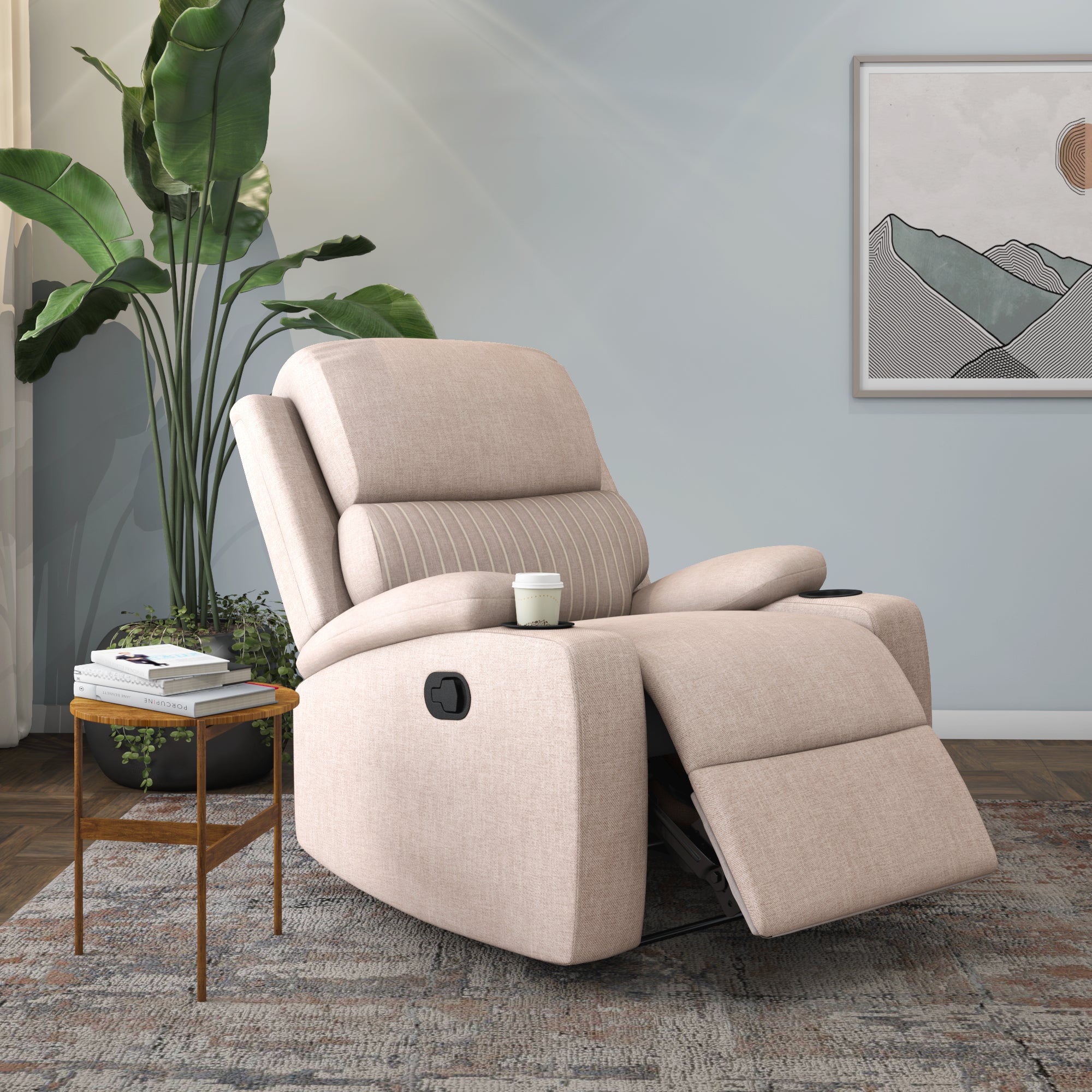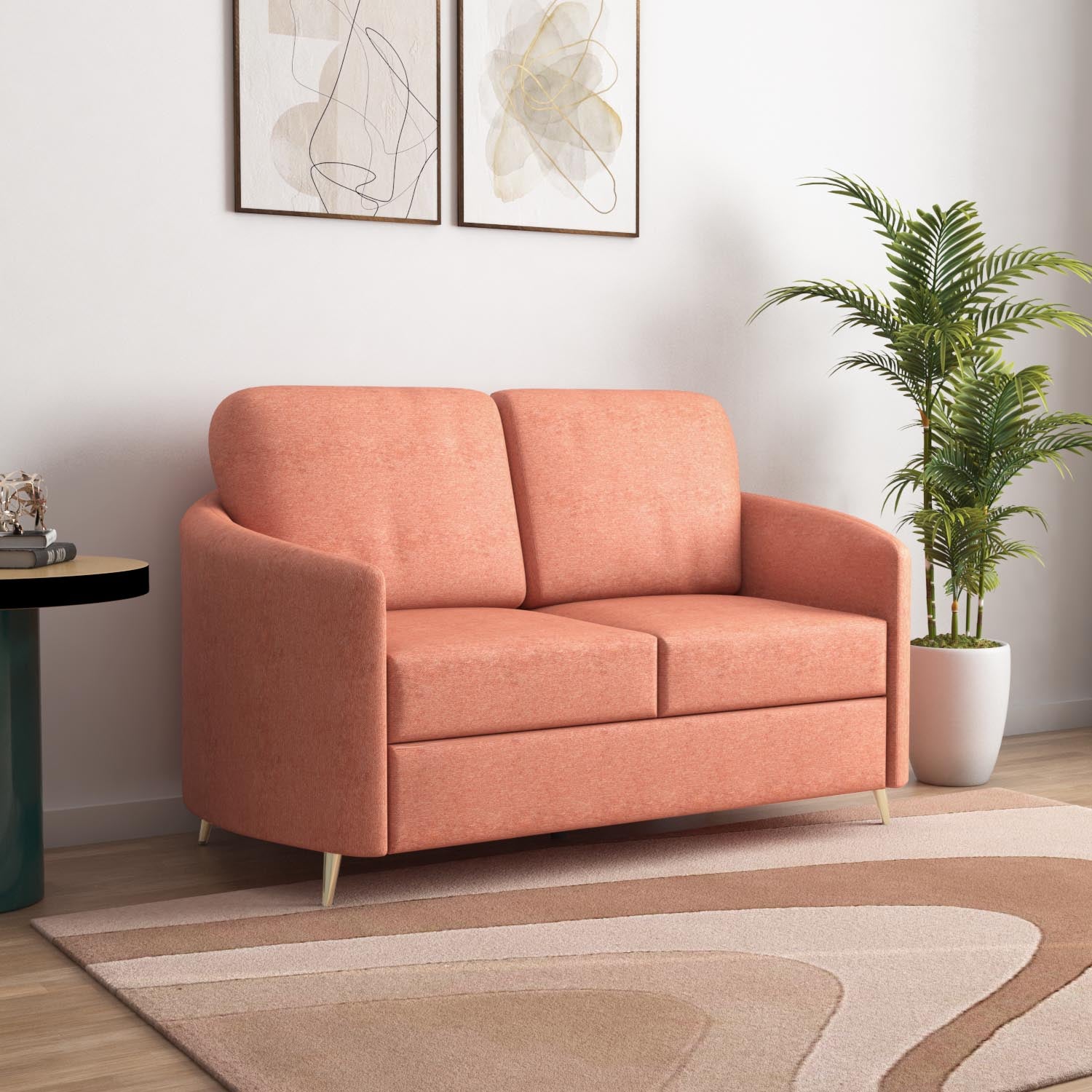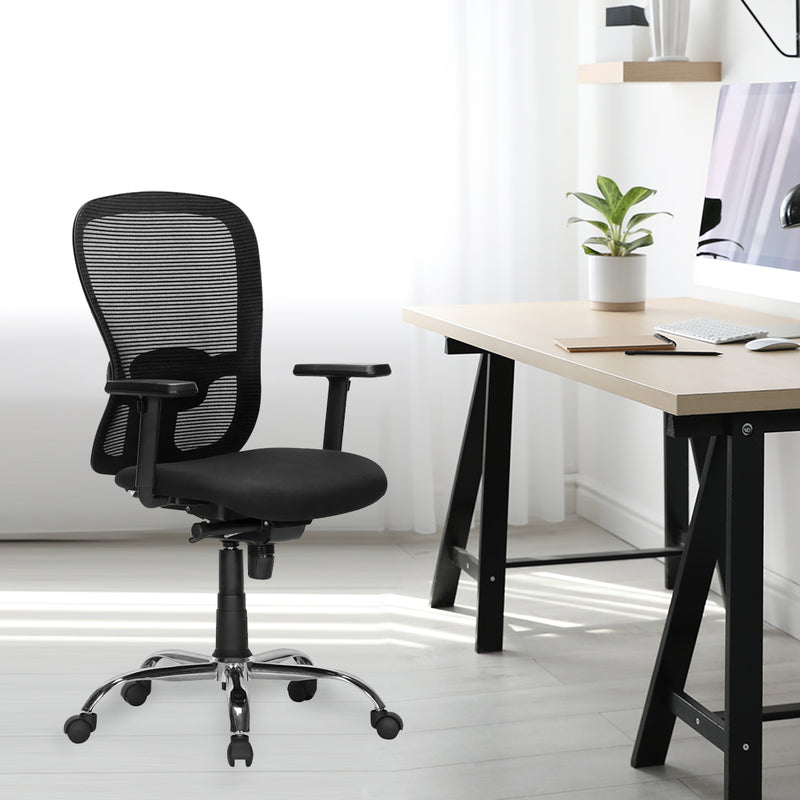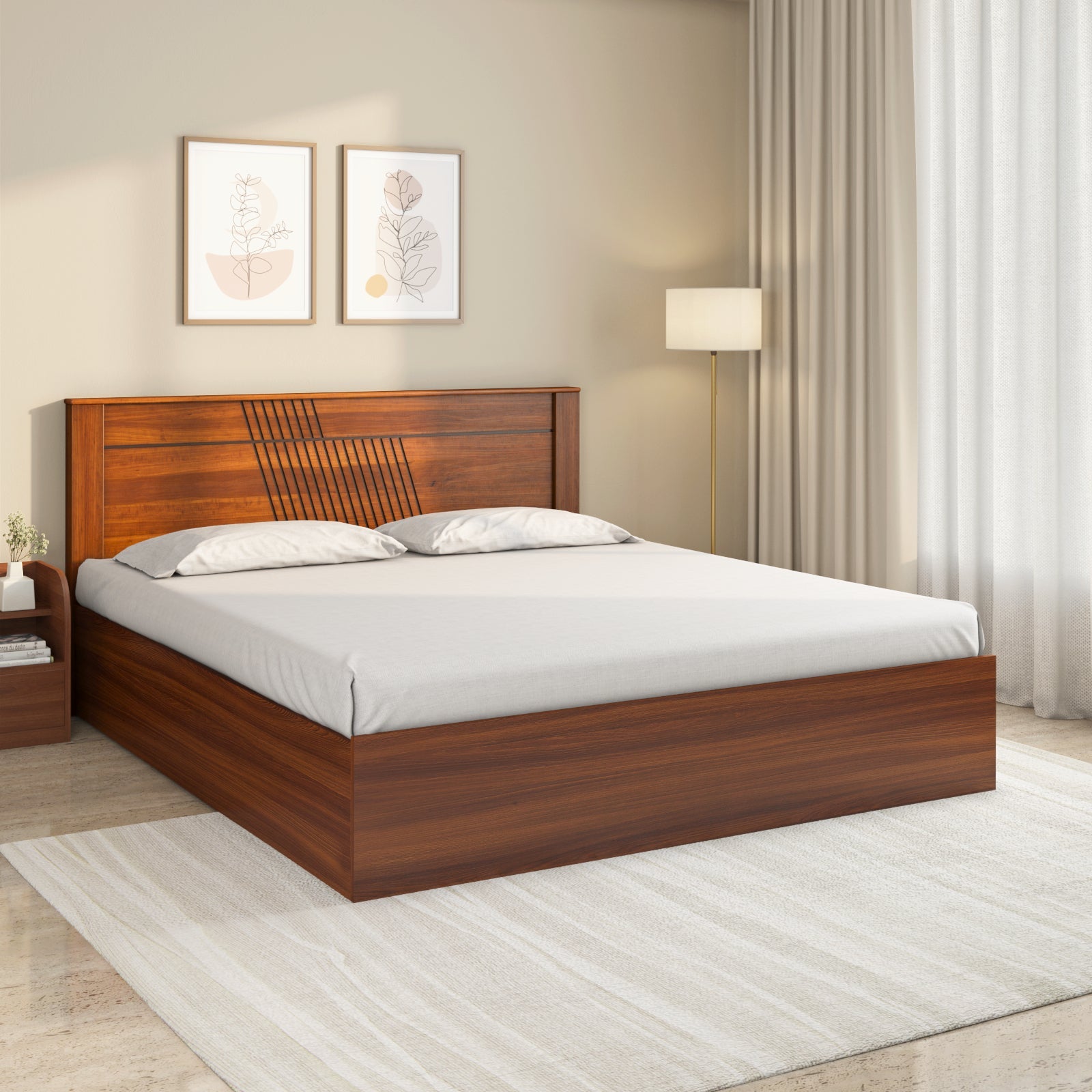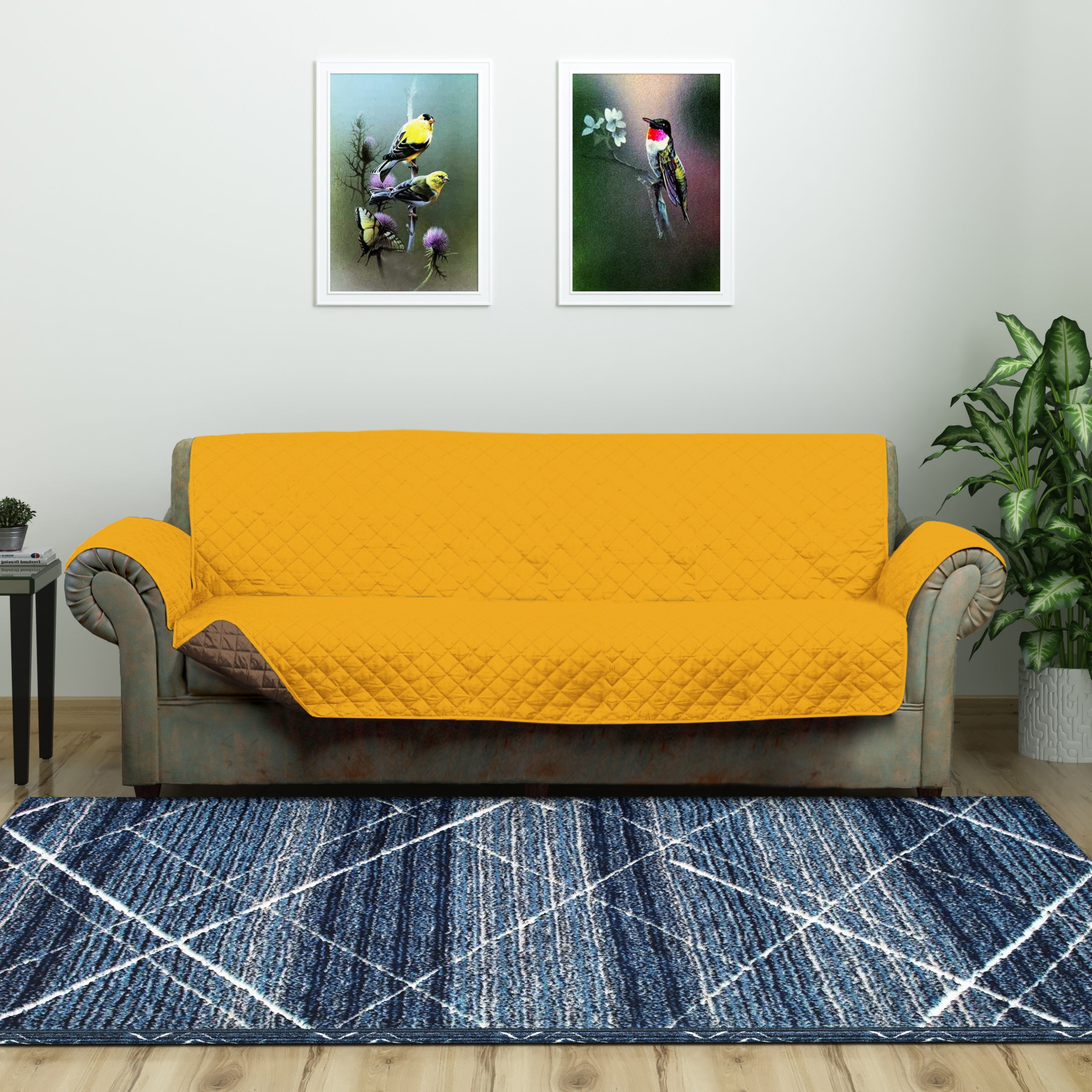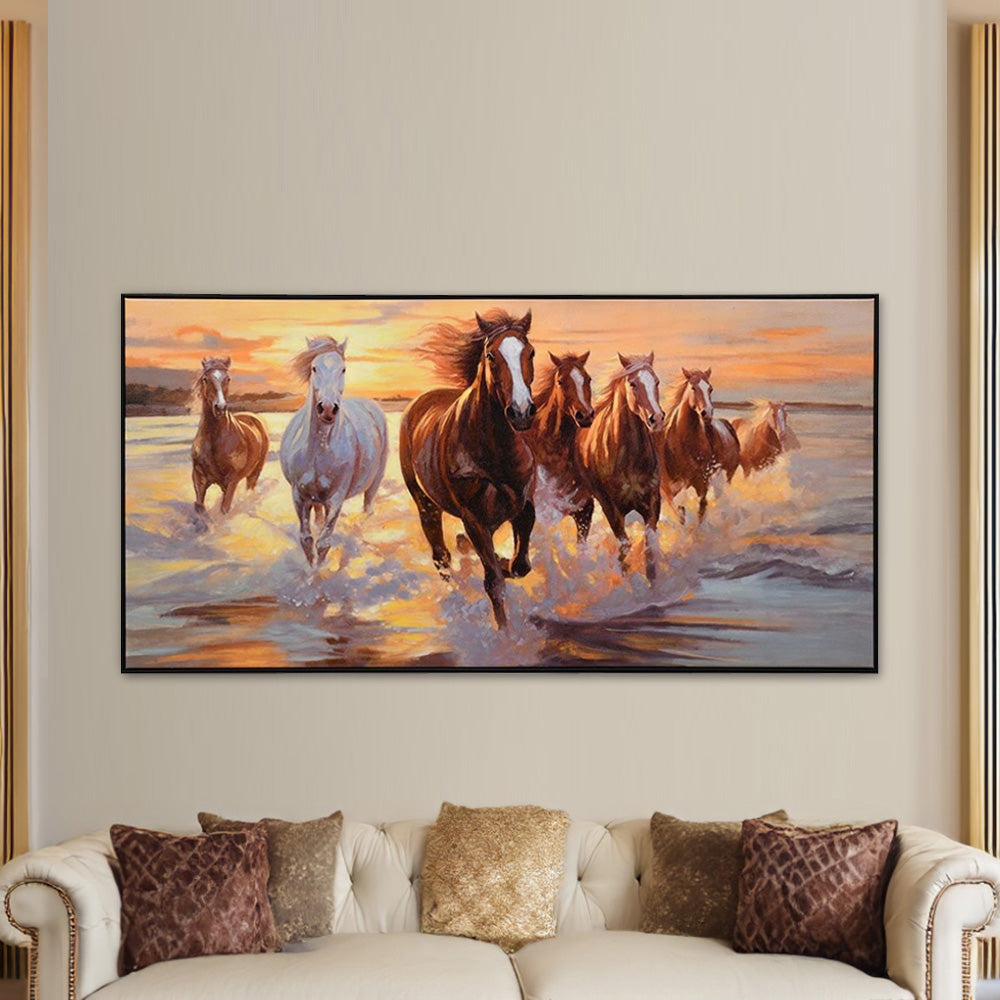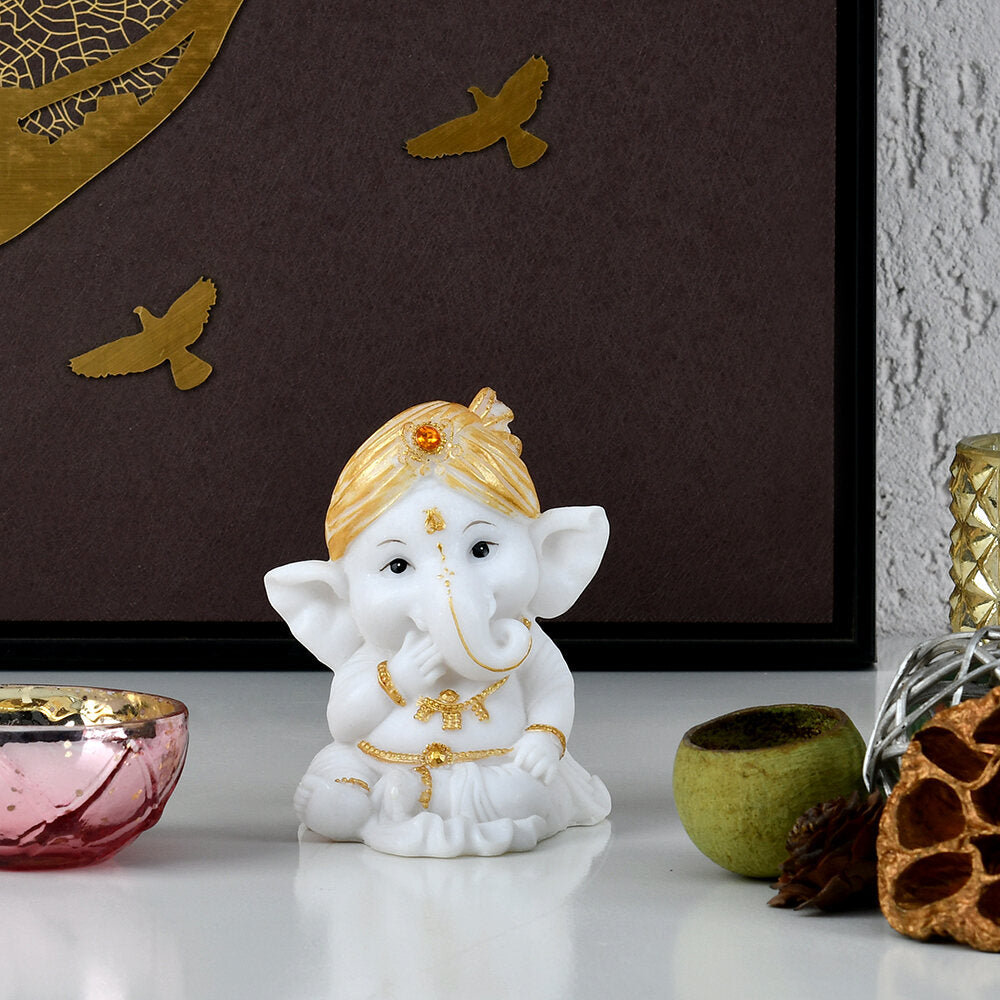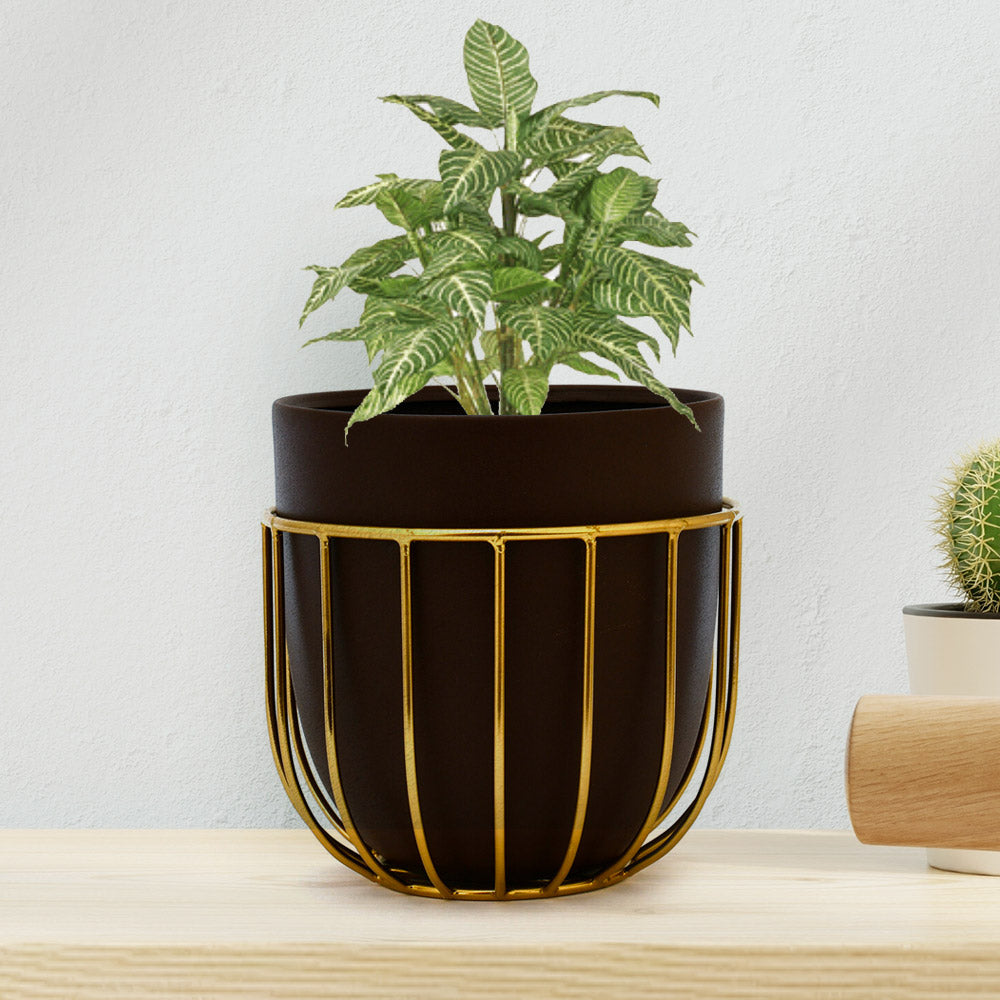Wardrobe Materials Demystified: How to Choose Between Wood, MDF, and Other Options
We examine a range of wardrobe material options in this comprehensive wardrobe buying guide, from glass and MDF to plywood and solid wood. Learn the benefits and drawbacks of each material to make a confident, stylish, and durable choice for your bedroom. Whether you are looking for affordability, eco-friendliness, or long-term sturdiness, this guide simplifies your decision. From space-saving mirrored shutters to the timeless appeal of solid wood, we will help you understand which material is best for cupboards and wardrobes alike.
Introduction
The wardrobe is a key component of bedroom furniture that significantly impacts your room's overall design, longevity, and function. Let us demystify the complexity of wardrobe construction to help you make an informed decision from various alternatives, including wood, MDF (Medium Density Fiberboard), and other materials. Understanding the traits, benefits, and disadvantages of different materials is crucial for making sure that you buy wardrobe online that not only matches the design of your bedroom but also serves you well for years to come.
This guide will also help you decide which plywood is best for cupboards and how to balance budget with durability and style.
Wardrobe Buying Guide: The Pros and Cons List of Different Materials
-
Solid Wood
A single type of wood, such as oak, walnut, cherry, or pine, is used in the construction of solid wood. Here are some essential factors about a solid wooden wardrobe:
Pros:
-
Solid wood's distinctive grain patterns and inherent colour variations emanate warmth and charm.
-
If properly cared for, solid wood wardrobes of superior quality may last decades.
-
Easy customization in size, shape, and finish.
Cons:
-
Because of the superior quality and craftsmanship required, solid wooden wardrobes are often more expensive than other choices.
-
Regular care is necessary to keep them looking good, such as polishing and refinishing.
-
Plywood
Plywood is one of the most reliable types of cupboard materials. It is made by fusing thin wood veneers to produce a robust material, making it most reliable types of cupboard materials.
Pros:
-
The strength and stability of plywood make it an excellent material for building wardrobes.
-
Plywood is strong, but it is also relatively light.
-
It is simple to veneer with various finishes and paint to complement the style of your bedroom.
Cons:
-
Plywood costs more than certain alternative materials, such as MDF or particleboard, but it is quite durable.
-
Plywood is adaptable, yet it might not be as beautiful as real wood in the natural world.
-
MDF
-
Another widely utilised material for wardrobe construction is MDF. Hardwood or softwood residues are converted into wood fibres and combined with glue to create MDF.
Pros:
-
MDF wardrobe is considered an environmentally friendly option since it uses leftover wood and produces less waste.
-
Because it is denser and tougher than particleboard, the MDF wardrobe offers durability.
-
MDF wardrobes may be moulded and crafted to match a variety of purposes and tastes.
Cons:
-
MDF wardrobe are inappropriate for wet settings since it is more susceptible to moisture and water damage than plywood or solid wood.
-
MDF wardrobe is resilient but less strong than plywood or real wood, making it vulnerable to chipping and dents.
-
Particleboard
Particleboard, made of wood chips that have been bound together and pressed to create big sheets, is a cheap option for making wardrobes.
Pros:
-
One of the most affordable types of wardrobe material, lowering overall furniture costs.
-
Due to its low density, manufacturers can produce large panels for wardrobe doors.
-
For individuals looking for an economical wardrobe solution, particleboard is a sensible option.
Cons:
-
Because particleboard is prone to moisture damage, it should not be used in damp environments.
-
Particleboard is flexible but cannot hold up to large weights or hard treatment, as well as other materials.
-
Glass or Acrylic
Wardrobes made of glass or acrylic are a chic and contemporary design choice. These materials' structure, design, and glass volume may be altered.
Pros:
-
Glass wardrobes give your room a sophisticated, airy feel.
-
A wide range of design options is made possible by the availability of several glass types, including opaque, printed, frosted, and stained glass.
Cons:
-
Glass wardrobes are fragile and prone to breaking if handled carelessly.
-
Compared to solid wood or MDF choices, they offer less privacy.
-
Mirrored Shutters
Mirrored shutters provide several applications for closet doors. Mirror doors are particularly good at giving the appearance of extra space in compact rooms.
Pros:
-
Mirrored shutters conserve space and do away with the necessity for a separate dressing table.
-
Mirrors provide the impression that your space is bigger and more open.
-
Mirrored doors give your bedroom a touch of refinement in terms of aesthetic appeal.
Cons:
-
Mirror maintenance is necessary to keep them free of fingerprints and smudges.
-
Veneers
Thin layers of natural wood are used to create a veneer, a wardrobe finish that most closely resembles natural wood in appearance.
Pros:
-
The traditional look of veneer complements a variety of interior design styles.
-
It is effective in rooms with darker colour palettes.
Cons:
-
Because the veneer is prone to scratches, it needs constant upkeep.
-
A veneer is susceptible to moisture, much like other wood-based products; thus, it must be kept dry.
-
Laminate Finish
Wardrobes with a laminate finish are a dependable and affordable solution.
Pros:
-
Laminate wardrobes offer great value and are easy on the wallet.
-
Compared to certain other materials, they are less prone to water damage.
-
Customisation is possible due to the large range of laminate designs.
Cons:
-
Laminate sheets can be fragile and may need to be replaced if they become chipped.
Different Types of Wardrobe Material
|
Material |
Pros |
|
Solid Wood |
• Distinctive grain patterns and natural colour variations add warmth and charm. • Can last for decades if properly maintained. • Highly customizable in size, shape, and finish. |
|
Plywood |
• Excellent strength and stability make it ideal for wardrobes. • Strong yet lightweight. • Easy to veneer or paint to match your bedroom decor. |
|
MDF (Medium Density Fiberboard) |
• Eco-friendly, made from recycled wood residues. • Denser and tougher than particleboard for added durability. • Can be moulded or crafted into various shapes and designs. |
|
Particleboard |
• One of the most affordable types of cupboard materials. • Lightweight and easy to assemble. • A practical choice for budget-friendly wardrobes. |
Buying Guides for Different Types of Wardrobes
When shopping for a wardrobe, it is important to choose one that suits both your space and storage needs. Here is a quick guide to help you decide:
-
Hinged/Swing Door Wardrobe: These are traditional wardrobes with doors that open outward. They are perfect if you have ample space around the wardrobe. The classic style works well in larger rooms but may require extra room for door clearance.
-
Sliding Door Wardrobe: If space is tight or you want a sleek, modern look, sliding doors are ideal. They don’t require extra space to open, making them great for smaller rooms or tight corners.
-
1 Door Wardrobe: A single-door wardrobe is perfect for compact spaces or for those who only need minimal storage, like a coat closet, or for a small bedroom.
-
2 Door Wardrobe: Ideal for people with moderate storage needs, this option is versatile and can fit most room sizes. It offers enough space for clothes, shoes, and accessories.
-
3 Door Wardrobe: If you need more room to organize, a 3 Door wardrobe offers additional space for a larger collection of clothes and accessories, perfect for sharing.
-
4 Door Wardrobe: Best for families or people with lots of items to store, offering even more organization with separate sections.
No matter what you choose, think about the space you have, your style preferences, and how much storage you need.
Things to Consider Before Choosing Wardrobe Material
-
Reduce your alternatives by deciding how much you will pay.
-
Consider the design and style of your bedroom. Solid wood emanates warmth, while glass gives a sense of refinement.
-
Determine how long you anticipate the clothing to last. Solid wood or plywood can be your best option for a durable solution.
-
Consider your willingness to put up the time and effort necessary for maintenance. Compared to MDF or metal, solid wood needs greater upkeep.
-
Think about the weather and humidity in your area. Avoid materials like particleboard and MDF that are vulnerable to moisture damage if you reside in a humid location.
Conclusion:
Choosing the right wardrobe material impacts your bedroom’s aesthetics, durability, and function. By understanding different types of wardrobe material from solid wood to MDF, you can balance design, budget, and maintenance needs. Evaluate your requirements carefully before deciding which material is best for cupboards in your home.
Explore the wooden wardrobe online from Nilkamal Homes and buy wardrobe online now.
